Paul Farhi
How publishing a 35,000-word manifesto led to the Unabomber
Correction: An earlier version of this article incorrectly described the role played by Washington private investigator Terry Lenzner. Ted Kaczynski’s brother, David, did not contact Lenzner when the manifesto aroused his suspicions, and it was not Lenzner who hired criminal profiler Clint Van Zandt to investigate. David Kaczynski’s wife, Linda Patrik, recruited Susan Swanson, a childhood friend who worked for Lenzner’s firm, after the couple read the manifesto and grew concerned about its similarity to Ted Kaczynski’s letters to family members. Swanson led the private investigation and hired Van Zandt and attorney Anthony Bisceglie. This story has been updated.
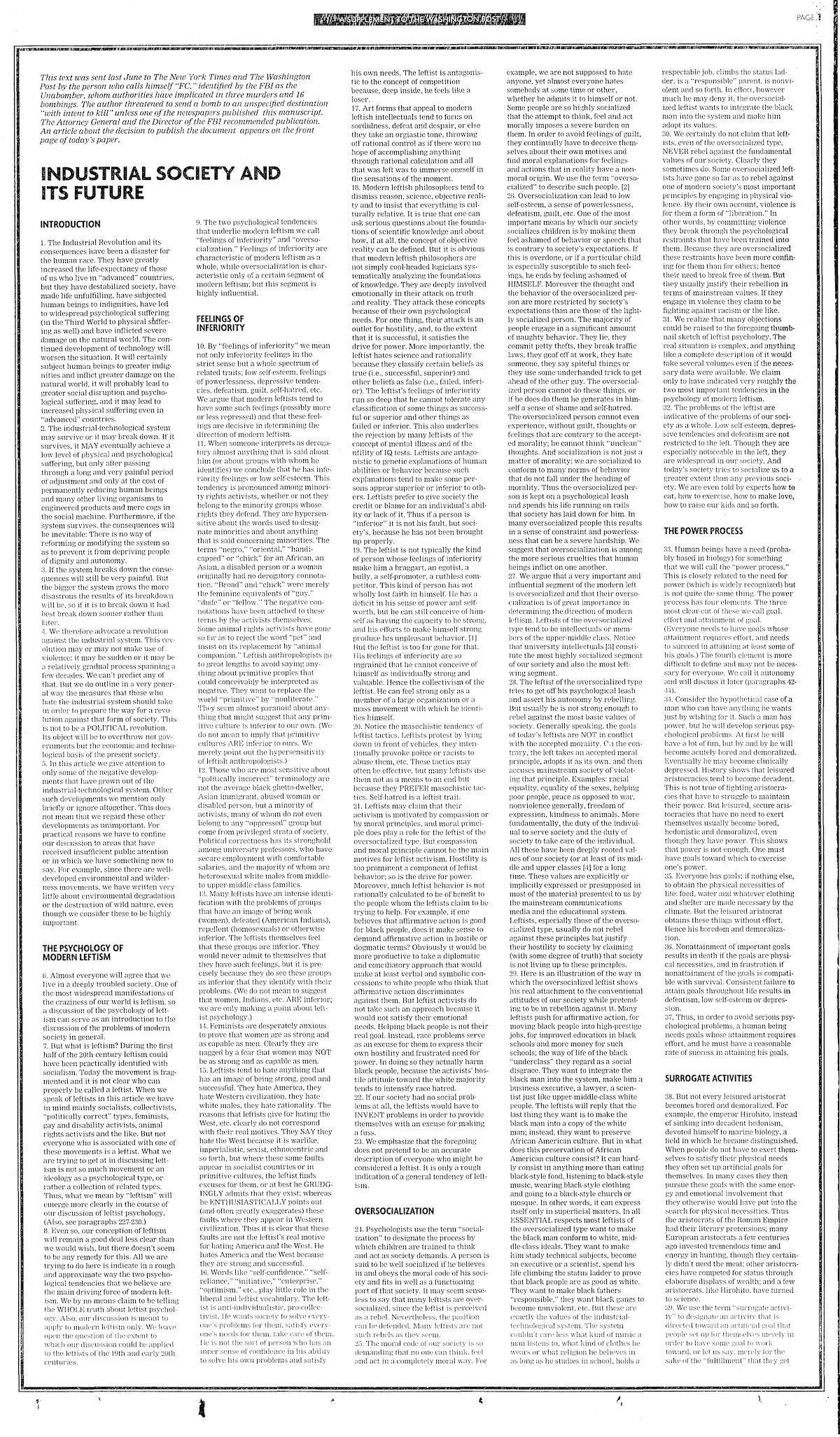
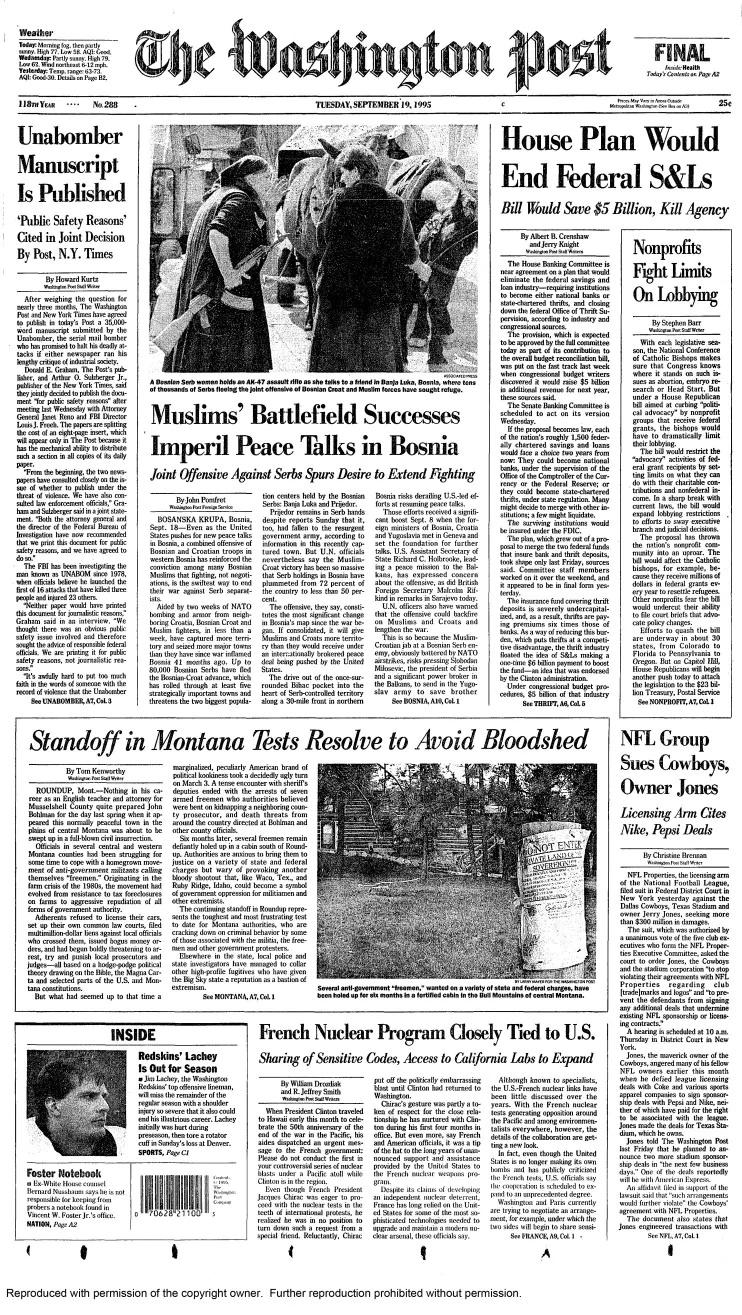
Twenty years ago to the day Saturday, readers of The Washington Post woke up to one of the strangest items the newspaper — or maybe any newspaper — had ever published.
In more than 35,000 words spread over eight pages of a special section, an anonymous author laid out his complaint against the “industrial-technological system” and his desire to destroy it by sparking a revolution. The essay bumped and blundered through a forest of dark themes and discontent, from a lengthy lament about environmental destruction to a brief critique of golf and bowling.
The writer of the self-described “manifesto” was a mysterious criminal the media had dubbed “the Unabomber.”
Over a 17-year span, the anonymous terrorist had mailed or planted 16 explosive-laden packages, killing three people and injuring 23. A long FBI manhunt had produced little more than a few bomb fragments, a sketch of a shadowy character in a hoodie and a clutch of theories about his identity, motives and whereabouts.
Two decades later, the events surrounding the publication of the Unabomber’s manuscript seem both distant and eerily familiar. Some elements suggest a bygone age. The manifesto, for example, was perhaps one of the last newsworthy documents to appear only in print. Although the Internet was starting to seep into everyday life, few Americans relied on it for news. Within a few years, that would change irrevocably.
But the episode also stands out as an early milestone in the current age of anxiety. The Unabomber’s manifesto appeared just as Washington was beginning its long preoccupation with terrorism and national security. As the news media and the public fixated on the Unabomber drama, a much bigger story was quietly dawning. That same year, in a classified National Intelligence Estimate, the CIA warned that Islamic extremists were intent on striking targets inside the United States.
The Unabomber story had as happy an ending as possible. In April 1996, the FBI raided a shabby cabin in Montana and arrested its inhabitant, a recluse named Theodore Kaczynski. His capture brought the Unabomber’s campaign of terror to an end.
But it wouldn’t have happened if a bizarre newspaper “article” hadn’t been published seven months earlier.
* * *
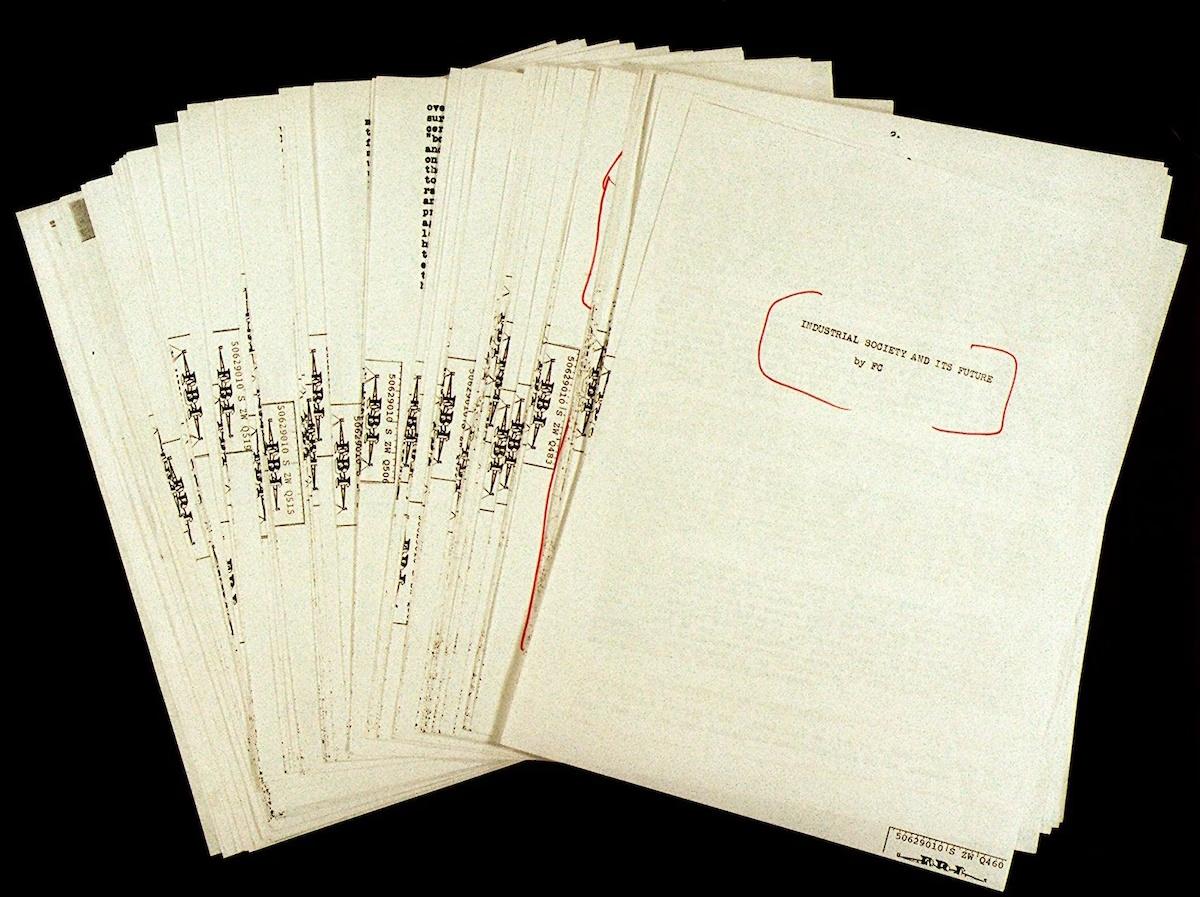
The packages, ordinary in each respect, showed up in the mailrooms of the New York Times and The Post on consecutive days in June 1995.
The first was addressed to Deputy Managing Editor Warren Hoge at the Times. The second was sent to Deputy Managing Editor Michael Getler at The Post. Getler’s bore a return name and address: “Boon Long Hoe, 3609 Reinoso Ct., San Jose, Calif. 95136.”
Inside both packages were
56 typed, single-spaced pages, plus 10 more with footnotes and typographical corrections, all under the heading “Industrial Society and Its Future.” The author referred to himself as “FC,” for Freedom Club.
The sender offered the Times and Post an ominous choice: If they published his manuscript, he would stop harming people. If they declined, he said he would “start building our next bomb.”
Within days, the FBI determined that the name and return address listed on the envelopes were fakes and that the packages were most likely the work of the Unabomber. (The nickname was derived from the FBI’s UNABOM case file, which combined “university” and “airline,” two of his early targets.)
They had no doubt that the threat to kill again was real.
Post publisher Donald E. Graham and his top editor, Leonard Downie Jr., quickly agreed to coordinate their response with their Times counterparts, publisher Arthur Sulzberger Jr.and editor Joseph Lelyveld. “We had no great desire for this to be an exclusive story,” Graham recalled in an interview this week.
The four men, along with The Post’s president, Boisfeuillet “Bo” Jones Jr., agreed to meet with the FBI’s director, Louis J. Freeh, and members of the agency’s
UNABOM task force. The group met three times that summer, the last two with Attorney General Janet Reno.
“We said, ‘We’d like your recommendation,’ ” said Graham, who now runs Graham Holdings after the sale of The Post to Amazon.com founder Jeffrey P. Bezos in 2013. “We told them: ‘We’re absolutely not public safety experts and we’d like to know what you think best. We’ll decide what to do and get back to you.’ ”
Freeh and Reno advocated publishing the document, arguing that doing so could save lives. They suggested producing it in pamphlet or book form, an idea the newspaper people rejected because distributing it widely would have been difficult.
The FBI — and a few others — also thought publication could entrap the bomber. Gene Weingarten, a Post editor, suggested to his boss, Mary Hadar, that the newspaper publish the manifesto and have the FBI track the handful of copies that would be sent to Northern California, where the Unabomber was believed to be living, and question anyone buying the paper who fit the Unabomber’s description. Hadar took the idea to Jones.
As it happened, the FBI had the same idea and proposed it to representatives of the Times and Post. Although it’s not clear whether the FBI ever monitored newsstands, Weingarten, now a Washington Post Magazine columnist, said the idea may have contributed to the decision to publish the manifesto. “I would like forever to be known as the man who caught the Unabomber,” he joked.
There was one other possibility: “I do remember thinking that [if it was published] there was a remote chance someone would see it and recognize the author,” Graham said.
After the third meeting with Freeh and Reno, the newspaper group retired to a coffee shop near the Justice Department and pondered the options. The five men agreed that publishing the manuscript was the best option — or at least was the decision they “felt the most comfortable making,” as Sulzberger put it in an interview this week.
Graham volunteered to have The Post print and distribute it, but as a stand-alone section separate from the paper’s regular news and opinion pages and set in a special typeface.
Sulzberger agreed to pay for half the printing costs, about $15,000 (the Times itself never published the manuscript). Sulzberger joked that Graham and Jones would have the check from the rival newspaper framed. They cashed it.
The manifesto’s appearance Sept. 19 unsettled some media critics. As the American Journalism Review wrote soon after, “Media managers nationwide are troubled by the long-term implications of the decision, wondering if copycats will now take advantage of murder and mayhem to get their 15 minutes of fame.”
But Sulzberger noted that the Unabomber wasn’t like others who had made transitory threats. “Here we are dealing with an individual with a 17-year record of violent actions,” he told the Times at the time. “Hard experience proves that his threat to send another bomb . . . must be taken absolutely seriously.”
The reaction among readers was considerably milder than the press critics. People from outside the Washington area flooded the paper with phone calls, recalled Jones, but most weren’t calling to complain. Instead, he said, “they wanted reprints and souvenir copies. We had to tell them we didn’t have any extra.”
In retrospect, the newspapers “made the right call,” said W. Joseph Campbell, a media historian and American University professor who recounts the Unabomber episode in a new book, “1995: The Year the Future Began.” The major difference between then and now, he said, is that a terrorist wouldn’t need a newspaper to distribute his rantings. As the Islamic State has shown, the Internet has given killers their own publishing platforms. Today, a document such as Kaczynski’s manifesto “would find its way online quickly.”
* * *
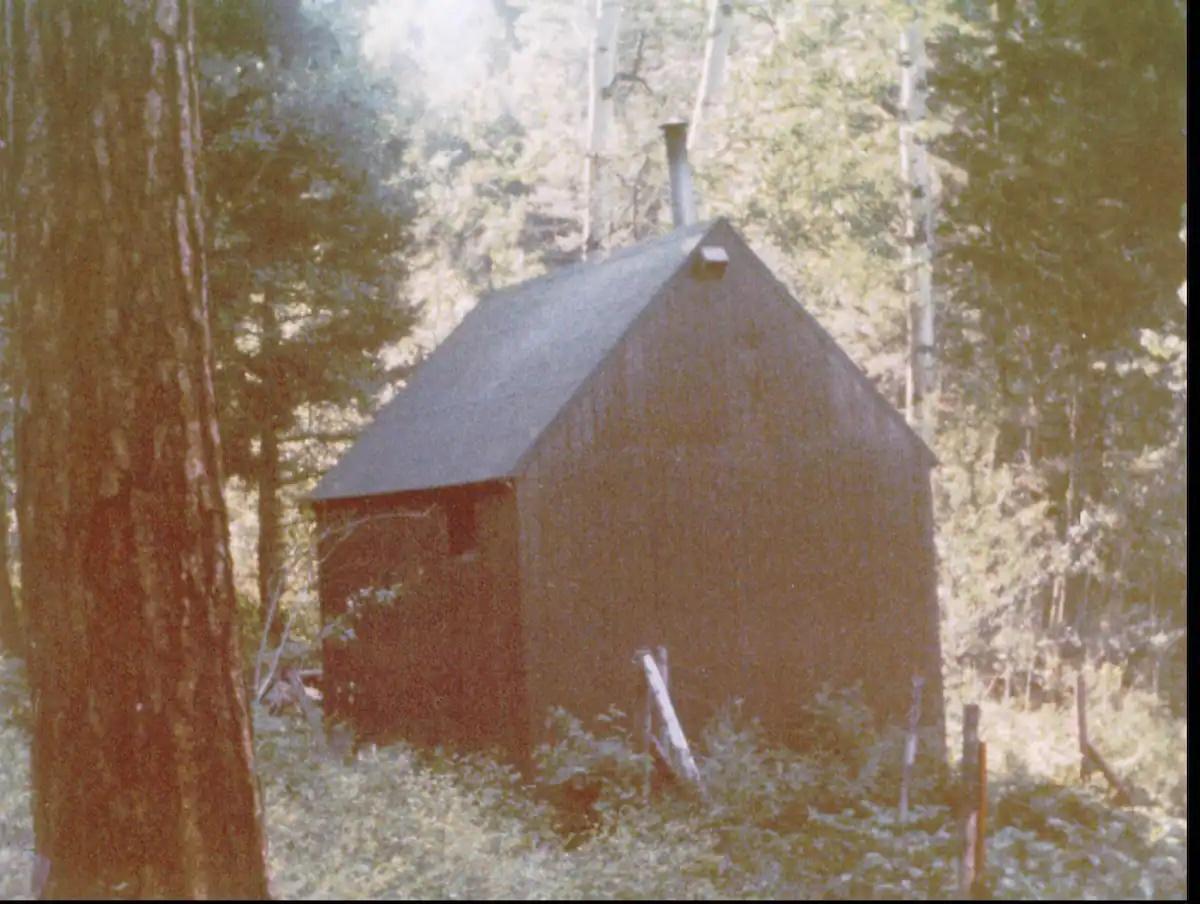
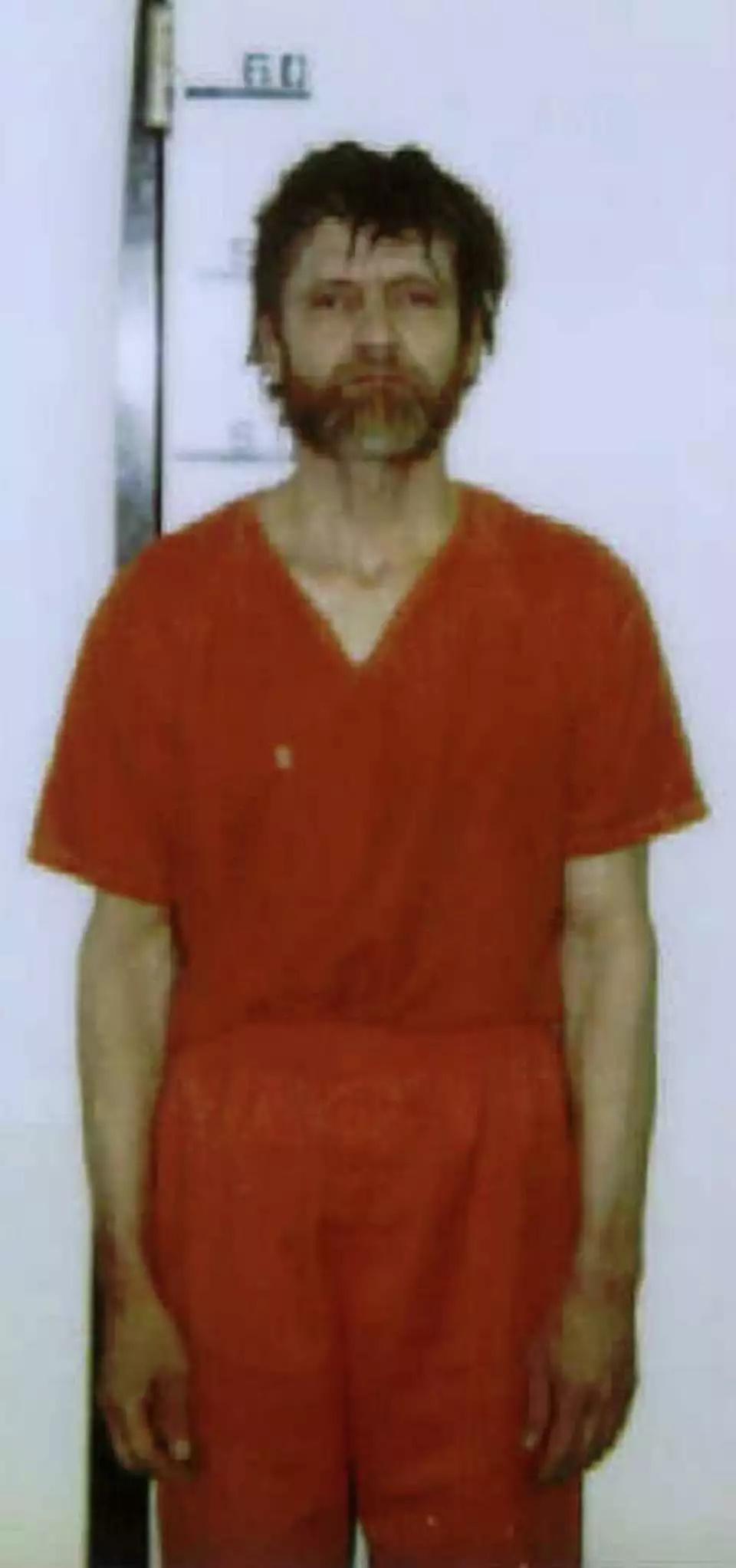
A few weeks after the manifesto appeared, a man in New York state began to feel uneasy.
At the urging of his wife, Linda Patrik, David Kaczynski had read what The Post had published and was struck by how much it reminded him of the letters that he and family members had received from his older brother, Ted.
A brilliant mathematician who rejected a promising academic career, Ted Kaczynski had moved to Montana in 1971 to live a hermit’s life alone in a cabin.
The younger man began to ponder the unthinkable: Could his estranged brother be a serial killer? And could David Kaczynski bring himself to turn him in?
After the couple discussed it, Patrik turned to a childhood friend, Susan Swanson, an investigator who worked for Terry Lenzner, a prominent lawyer and private investigator in Washington. Swanson led the private investigation and hired Clint Van Zandt, a criminal profiler, and Anthony Bisceglie, a lawyer who represented David Kaczynski and his wife.
Van Zandt compared the manifesto with David Kaczynski’s letters from his brother. His conclusion: There was a strong chance that both were written by the same man.
David Kaczynski (who did not respond to phone calls this week) next turned to Anthony P. Bisceglie, a Washington attorney. Bisceglie approached the FBI to discuss what the Kaczynski family now knew.
Ted Kaczynski, then 53, was arrested at his cabin April 3, 1996.
He was tried in federal court in Sacramento in 1998 and convicted on multiple felony counts. He is serving eight lifetime sentences in a Colorado “supermax” prison.
In the end, the best detectives in the country couldn’t catch a clever sociopath. It took luck, a criminal’s ego and a crucial decision to publish an article to bring down the Unabomber. As Downie says today: “We solved the case. The FBI didn’t.”
Paul Farhi is The Washington Post's media reporter. He started at The Post in 1988 and has been a financial reporter, a political reporter and a Style reporter. Follow
